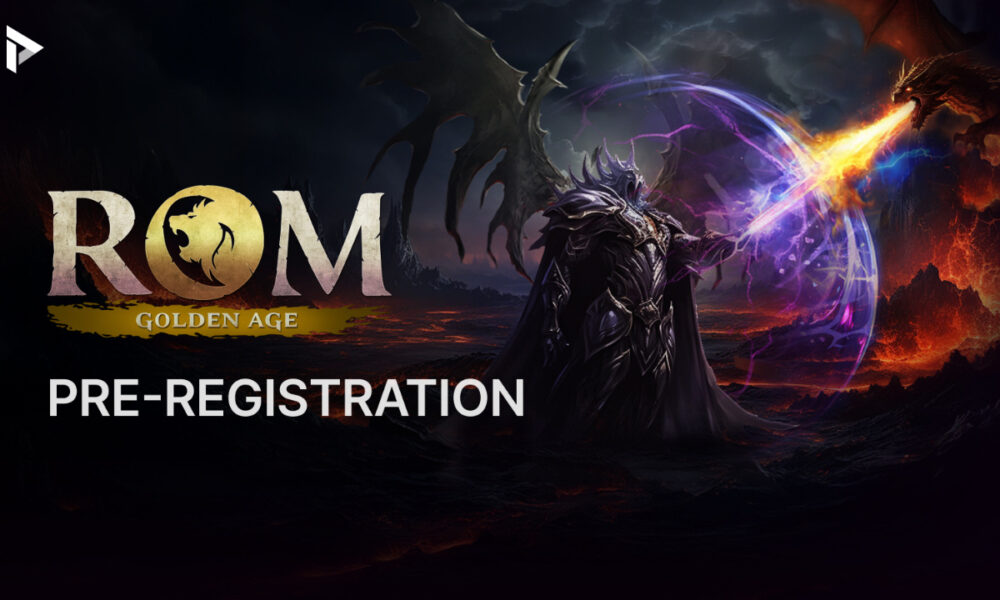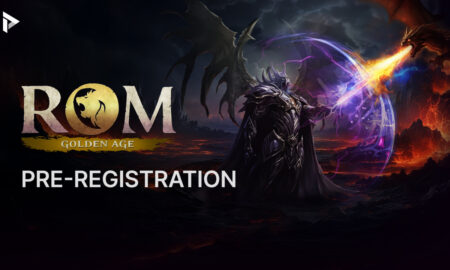The rise of eSports from a niche activity to a mainstream phenomenon is a dynamic and multifaceted story, reflecting broader shifts in technology, culture, and media consumption. Here’s an exploration of this topic:
eSports, once a niche hobby confined to basements and internet cafes, has exploded into a global phenomenon. This transition from the fringes of gaming culture to a mainstream entertainment industry offers a fascinating glimpse into the evolving landscape of digital media, youth culture, and corporate sponsorship.
Historical Context
The genesis of eSports can be traced back to the early days of video gaming in the 1980s. However, it was not until the late 1990s and early 2000s, with the advent of more sophisticated online gaming and the establishment of professional leagues, that eSports began to take a recognizable form.
Technological Advancements
The rise of eSports is inextricably linked to technological advancements. High-speed internet, streaming services like Twitch, and the development of games specifically designed for competitive play have all played critical roles. These advancements have not only made it easier to play and watch eSports but have also enhanced the viewer experience, making it more engaging and accessible.
Cultural Shift
eSports’ growth is also a reflection of a broader cultural shift. Video games have become a mainstream pastime, and the stigma once associated with gaming has diminished significantly. This cultural acceptance has opened the door for eSports to emerge as a legitimate form of entertainment, comparable to traditional sports.
Economic Impact
eSports’ transition to the mainstream has had significant economic implications. The industry now boasts multi-million dollar tournaments, substantial sponsorship deals, and a burgeoning market for merchandise and media rights. This economic growth has attracted the attention of traditional sports franchises, celebrities, and large corporations, further legitimizing the industry.
Global Reach
eSports’ appeal is notably global. Major tournaments attract international competitors and audiences, creating a diverse and inclusive community. This global reach has been instrumental in propelling eSports into mainstream consciousness, transcending geographic and cultural boundaries.eSports’ transition to the mainstream has had significant economic implications. The industry now boasts multi-million dollar tournaments, substantial sponsorship deals, and a burgeoning market for merchandise and media rights. This economic growth has attracted the attention of traditional sports franchises, celebrities, and large corporations, further legitimizing the industry.
Challenges and Criticisms
Despite its growth, eSports faces challenges. Issues such as player burnout, doping, and a lack of standardized regulation are ongoing concerns. Additionally, there are criticisms regarding the portrayal of women and minorities within the eSports community.
Future Outlook
Looking ahead, the future of eSports appears bright. With the increasing integration of augmented and virtual reality technologies, the potential for growth and innovation is vast. Moreover, as eSports continues to intertwine with educational and developmental programs, its influence and legitimacy will likely continue to expand.
Conclusion
The rise of eSports from niche to mainstream is a testament to the evolving nature of entertainment and sports. It reflects not just a change in how we play games, but in how we view digital interaction, competition, and community. As technology and culture continue to evolve, so too will the landscape of eSports, paving the way for new opportunities and challenges.



































